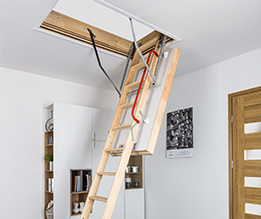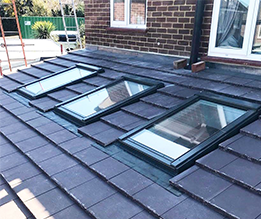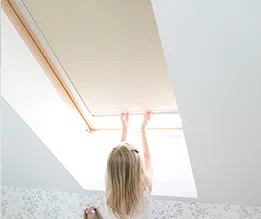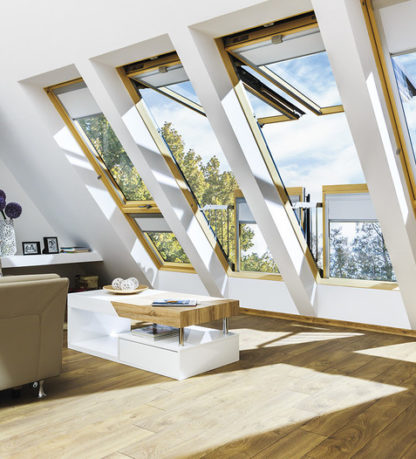It’s All About Natural Daylight and Ventilation
The positive effect of natural daylight in our homes and working environments has long been acknowledged. In terms of its impact on health and well-being, studies of the type, quality and pattern of lighting have shown how reduced levels can affect mood, alertness, co-ordination, eye and brain function, blood pressure and cardiovascular efficiency.
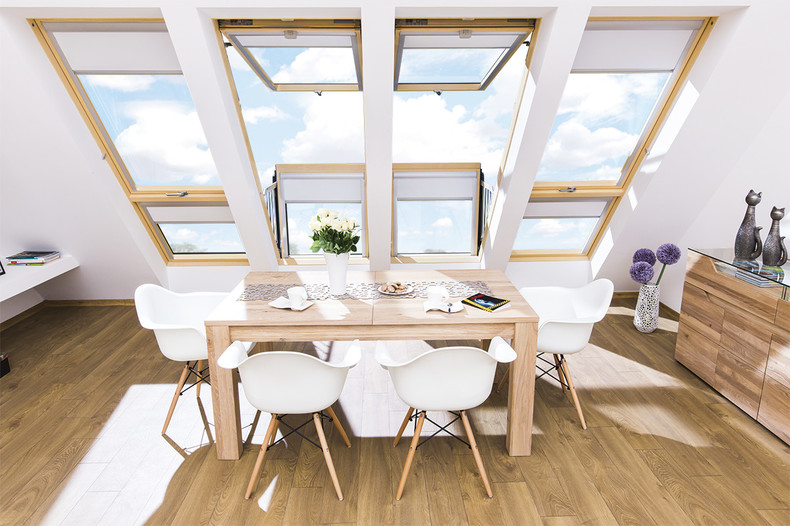
WHY NATURAL LIGHT IS IMPORTANT FOR ALL
Roof windows can, therefore, play a major role in ensuring that our bodies derive the full benefit from daylight and consequently maximise generation of Vitamin D and serotonin. By contrast, for the 2% of those in the UK who experience ‘Seasonal Affective Disorder’ (SAD), a clinically diagnosed condition causing general malaise and linked directly to a lack of natural light, the ability to offset such symptoms invariably requires medication.
FAKRO has long since considered effective light transmission to be a key feature of roof window design. This prompted its team of more than 100 engineers to make positive innovations such as positioning the vent in the top of the frame and operating handle in the base of the sash. In conjunction with key changes in manufacturing techniques, the net result was enlargement of the glazing area by more than 10%. Working alongside leading glazing manufacturers the company has now been able to develop its latest innovation in the form of a double-glazing unit which provides 5% more efficient light transmittance. Overall, this has improved the level from around 70% to 75%.
Control of solar gain and heat loss is achieved through the precision of frame construction, use of shrink-resistant seals and a vent activated by changes in atmospheric pressure. As a result, FAKRO roof windows maintain a high level of thermal efficiency and internal temperature while all but eradicating any chance of thermal bridging. The increase in visible light transmission has been achieved largely through adoption of the latest advances in low emissivity coating technology. This has also enabled the amount of ultraviolet and infrared light that passes through the glazing to be reduced.
Comfort and productivity are also improved by effective room ventilation and this is how efficient roof windows can make a considerable contribution. By offering the homeowner scope to provide automatic regulation of air flow into and out of rooms, heating costs are also reduced. By contrast, manual vents will invariably perpetuate the formation of condensation if left closed. In extreme cases, poorly fitted roof windows allow moist air to leak around the frame and condensation to form on the underside of the zinc metal roofing flashing or cladding.
At a time when an increasing number of buildings are being built to achieve a high level of airtightness, non-vented triple and quadruple-glazed pitched and flat roof windows can provide a U-value far lower than even Passivhaus requirements demand. However, the way in which roof windows are being used increasingly as an intrinsic feature of interior design proves that they offer far more than high functionality. By providing the ultimate combination of high frame, sash and glazing performance with a distinctive visual aesthetic FAKRO roof windows will enhance any project, from contemporary new builds to heritage restorations.

